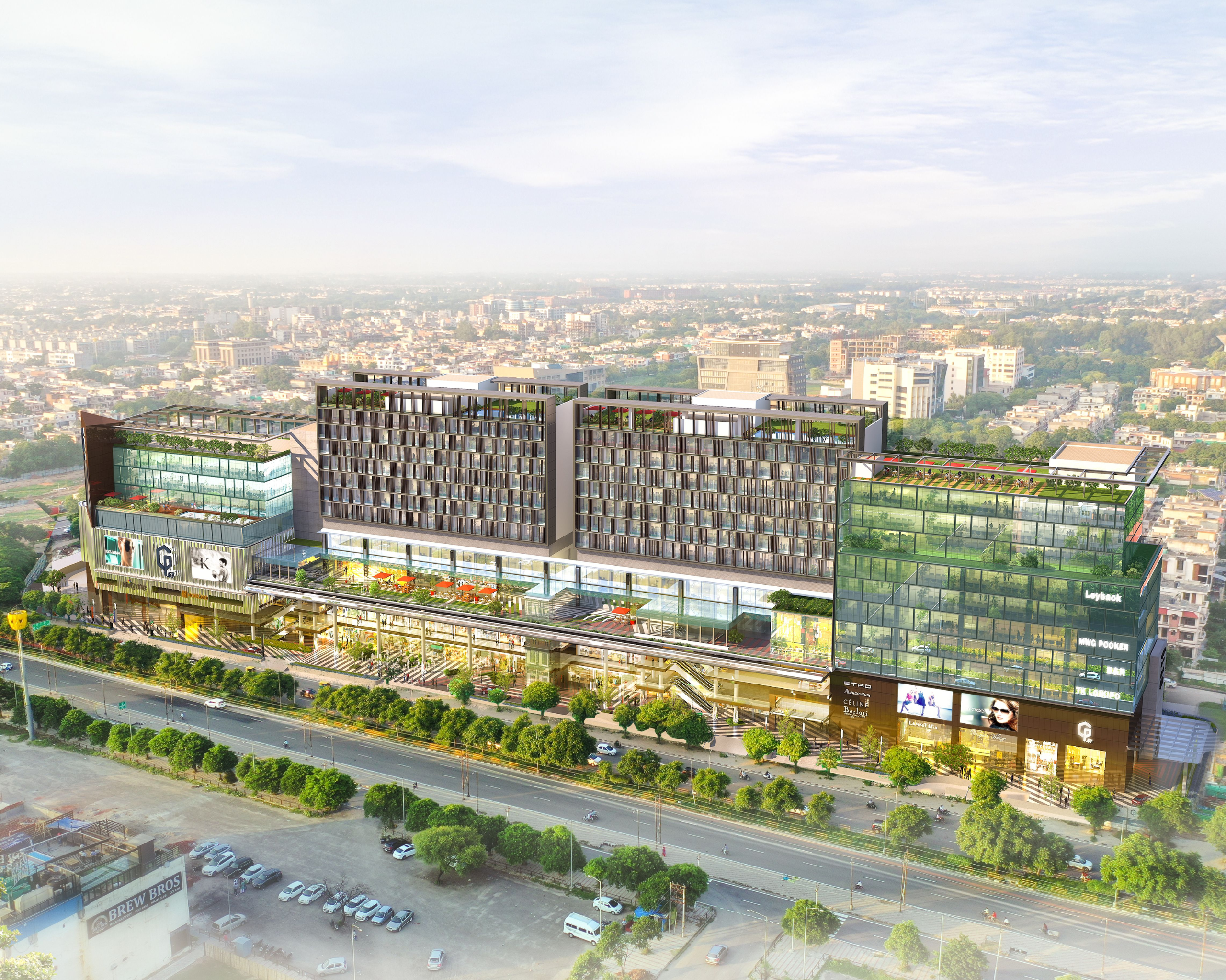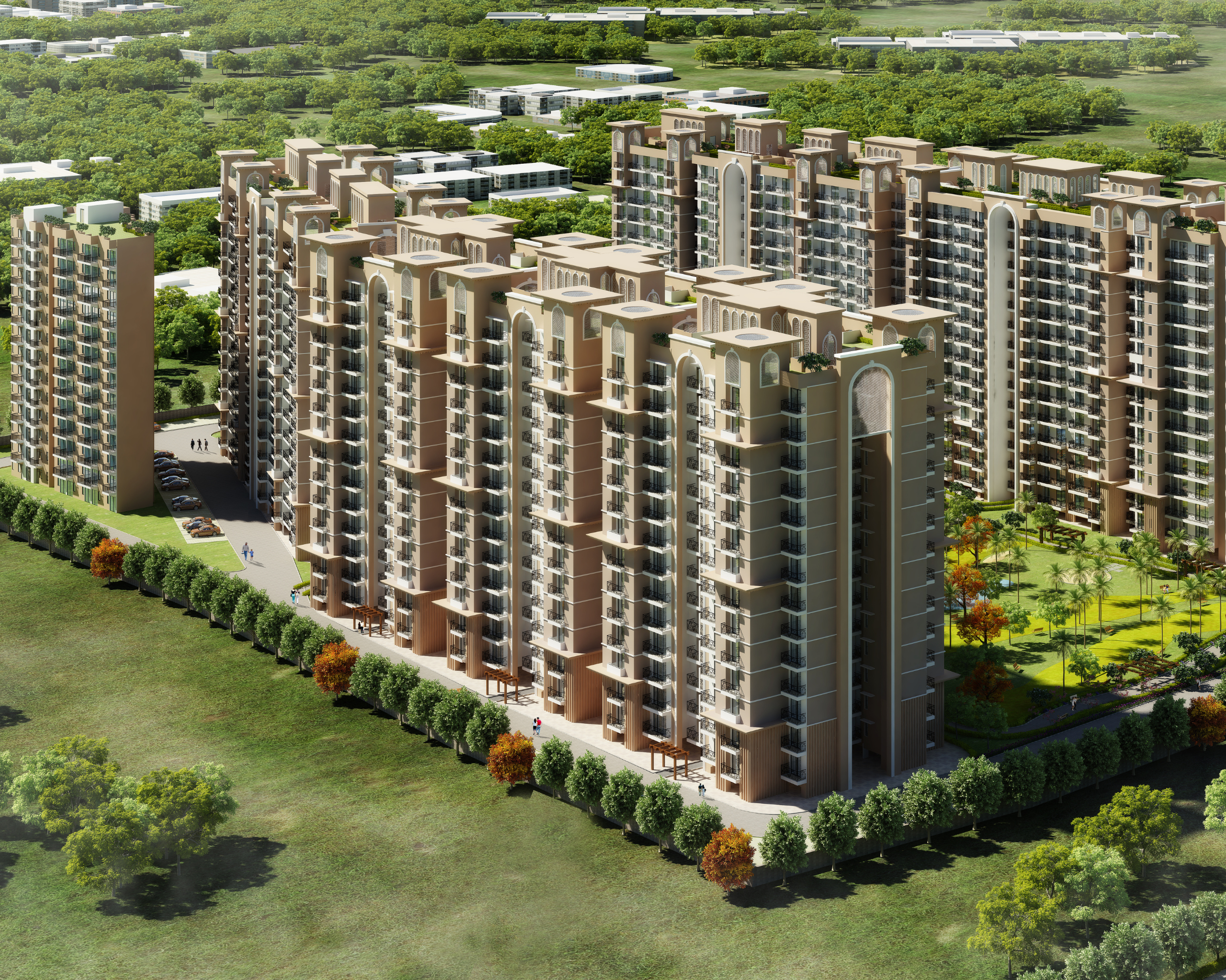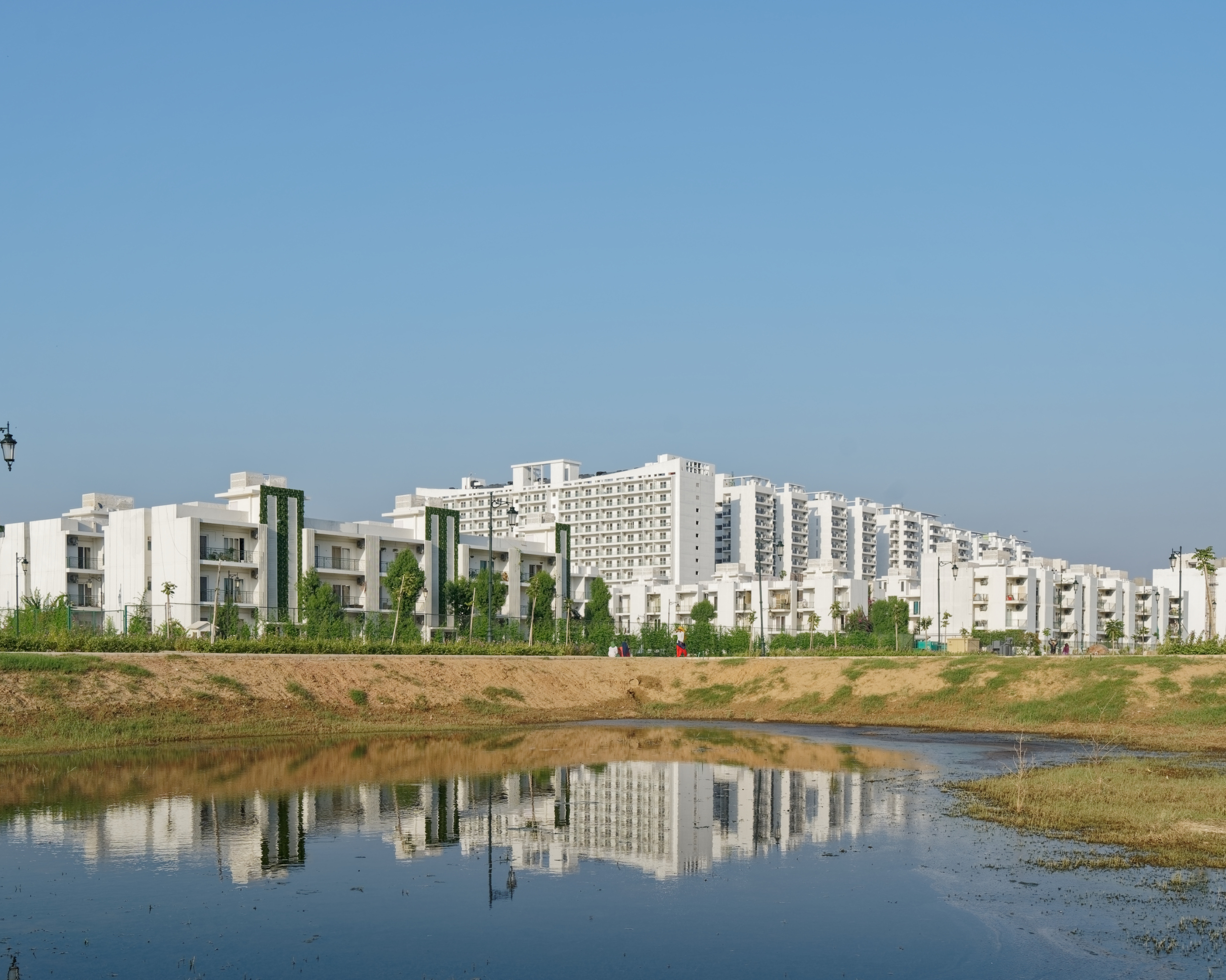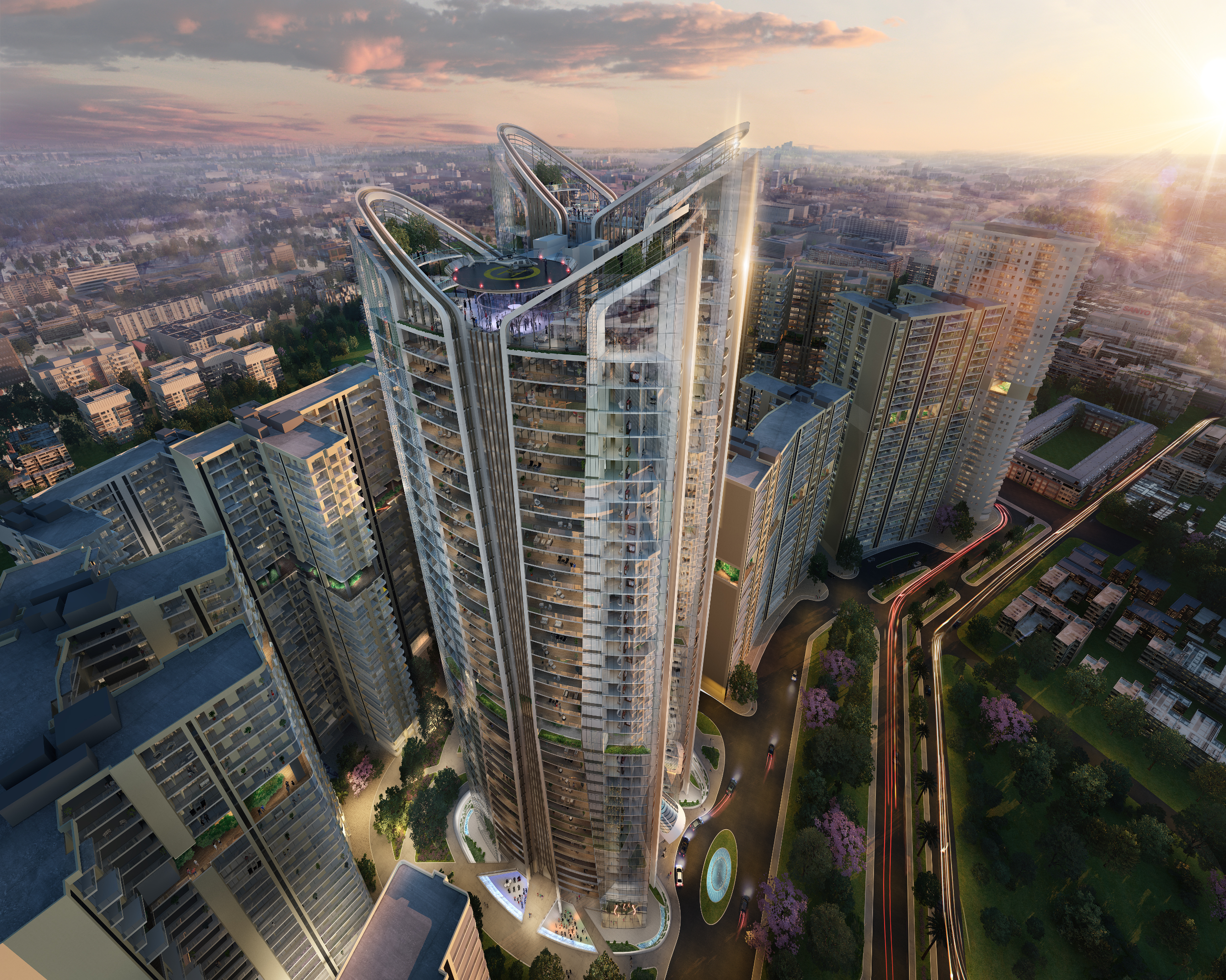Revitalising Public Spaces: Self-Sustainable Community-Based Redevelopment
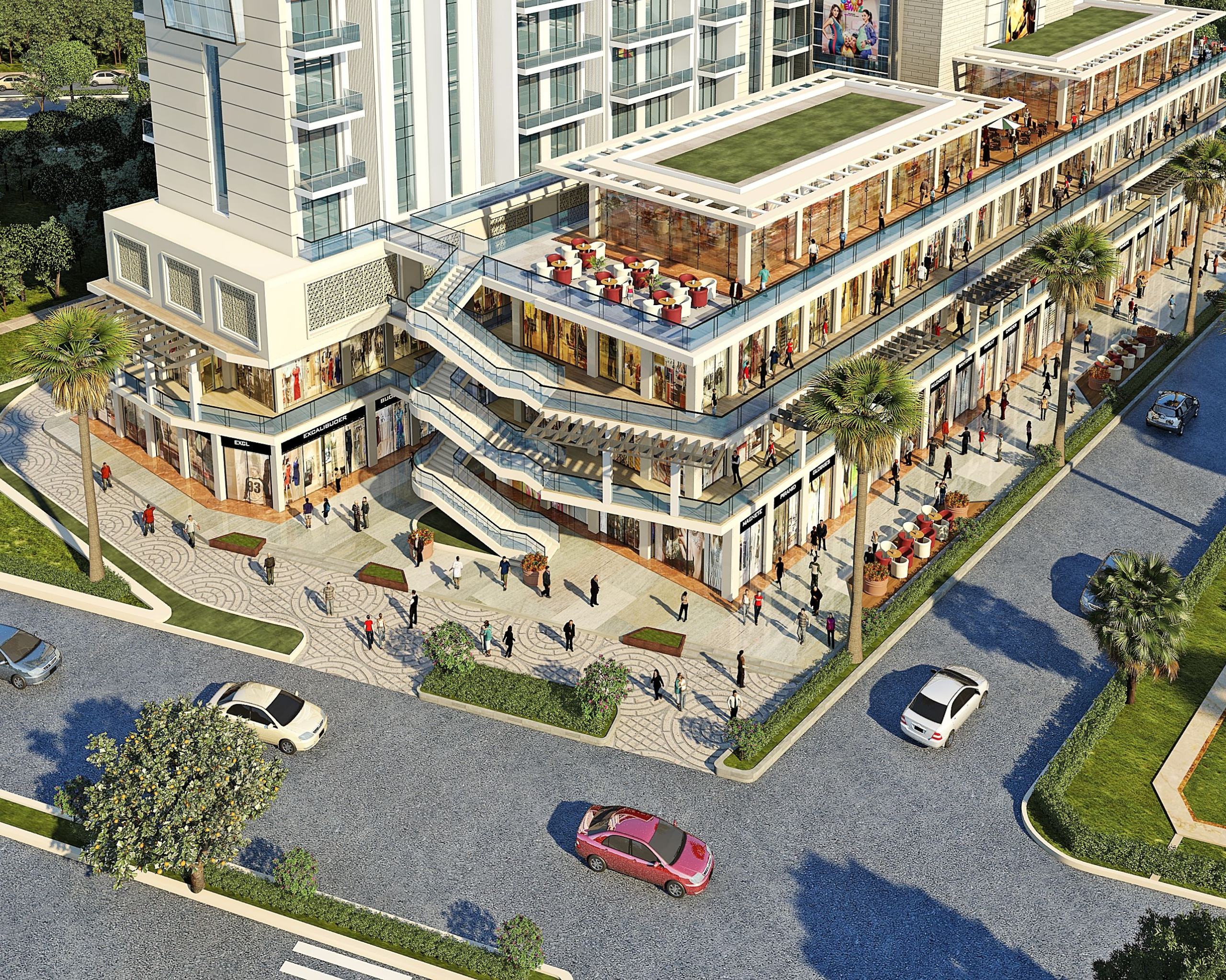
The essence of any city lies in its public spaces—from bustling markets to quiet riverfront promenades. These areas shape the urban experience, fostering social interaction, driving economic activity, and enhancing overall well-being. As our cities expand, revitalising public spaces is no longer an aesthetic concern but a necessity.
Many public spaces in India suffer from neglect, congestion, and inadequate infrastructural provisions. Overcrowded streets, poorly maintained parks, and a lack of accessible recreational zones diminish the quality of urban life. However, these spaces can be reimagined with redevelopment and strategic planning to ensure better connectivity, social interaction, and economic growth. Our cities can offer functional and attractive public spaces by integrating sustainable and people-centric design.
A key aspect of successful redevelopment is understanding the existing urban fabric. By integrating design principles such as self-sustaining neighbourhoods and optimising limited land resources, redevelopment takes a holistic approach that balances functionality, sustainability, and community needs.
Pedestrian-friendly streets, dedicated cycling lanes, and open plazas foster movement and interaction, while shaded seating, clean walkways, and well-lit gathering areas create an inviting and safe environment. Additionally, multi-use public spaces that blend recreation, leisure, and small-scale commerce help revitalise underutilised areas, ensuring they cater to diverse needs.
Revitalising public spaces goes hand in hand with upgrading deteriorating urban areas, ensuring they remain safe, functional, and resilient for future generations. Embedding sustainability into this transformation further enhances environmental resilience and urban livability. Green infrastructure, such as tree-lined avenues, well-maintained parks, and efficient drainage systems, helps reduce pollution, counter urban heat islands, and create healthier public spaces.
Ultimately, public spaces thrive when they reflect the needs and aspirations of the communities they serve. Engaging residents, businesses, real estate agents, PPP models, government bodies and urban planners in the redevelopment process fosters a sense of ownership and ensures these spaces remain relevant and well-utilised. By embracing inclusive, people-centric, and sustainable design, Indian cities can transform public spaces into thriving urban assets that enrich the quality of life for future generations.
